Daylight art and science
Light, shade, gradients of darkness and the full absence of light: their duration, contrasts and rhythmic successions, together with their effects are vital to all living beings, including humans and more than humans. The sun provides cyclic light for natural and cultural processes alike and is one of the main sources of knowledge for us living organisms and the wider ecosystems. Investing in life-long studying together and learning to see and sense light, as well as its absence, is an indispensable and integral part of creative artistic and scientific processes.
Interested in contributing to this section? Please contact us at office@daylight.academy.
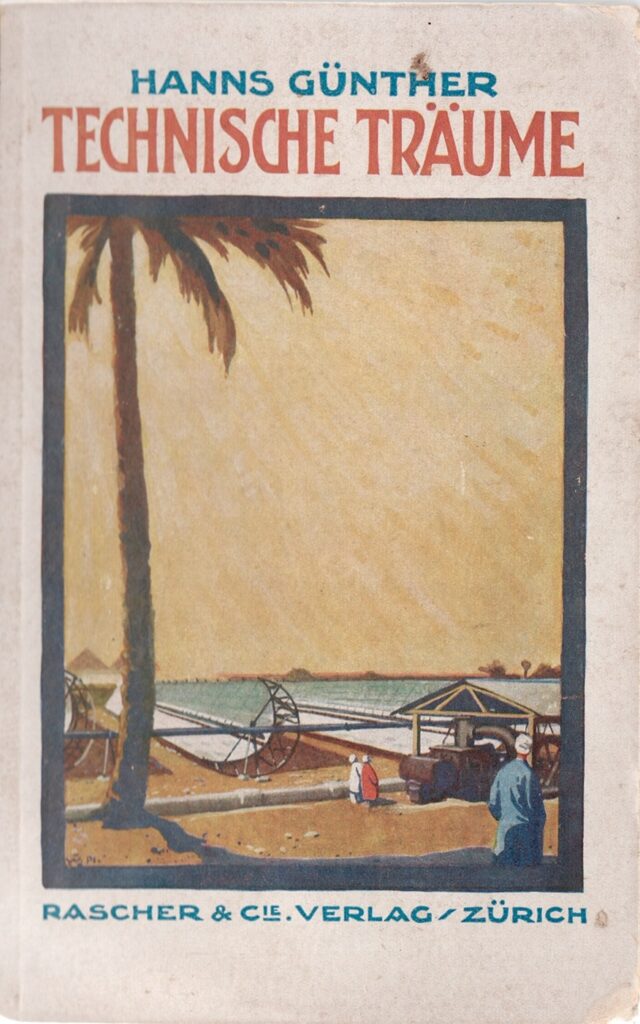
7 November 2025
SUN 1913
‘Technische Träume’ (‘Technical Dreams’) is the title of a book from 1922 that we received as a gift from a scientist during a fellowship at the Paul Scherrer Institute. The cover shows a solar power station in a suburb of Cairo, which was built by American inventor Frank Shuman in 1913.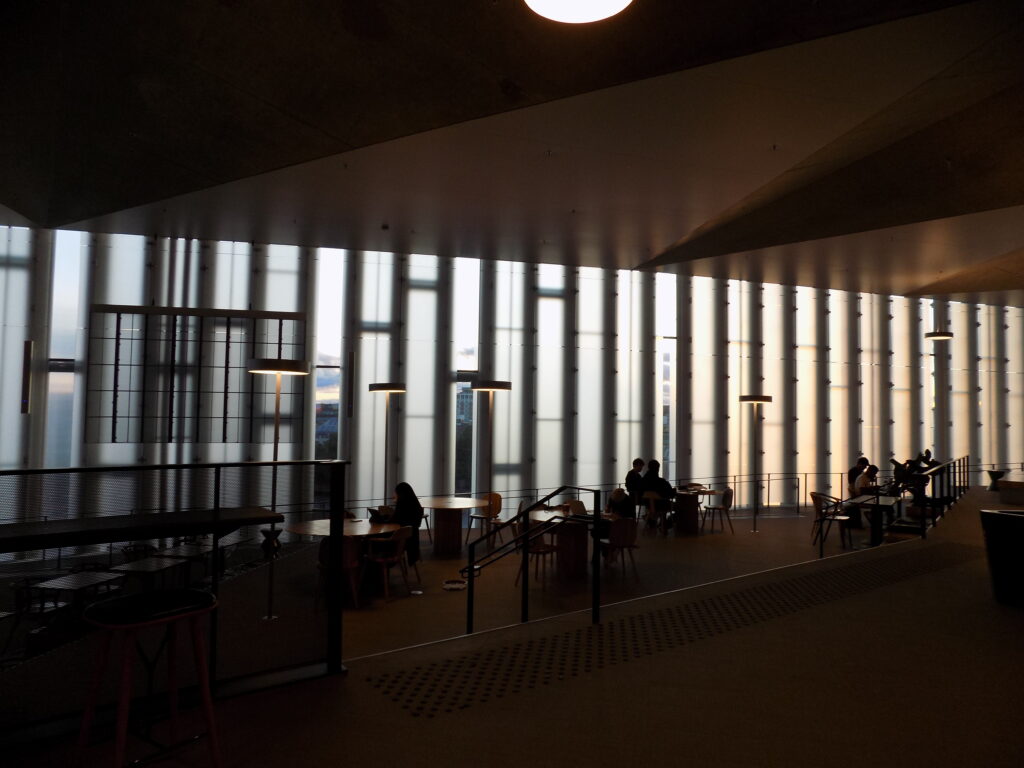
6 November 2025
Between Light and Darkness – A Journey to Daylight in the North
3 a.m. At a small German train station. Darkness everywhere. I am waiting for the train that will take me to Copenhagen. I believe light is only something that brightens rooms. At that moment, I can’t imagine that this journey will change the way I see light, architecture, and life. As the train rolls north, I begin to travel not only across borders, but toward an understanding of daylight itself. I am leaving the dark completely behind – or so I thought.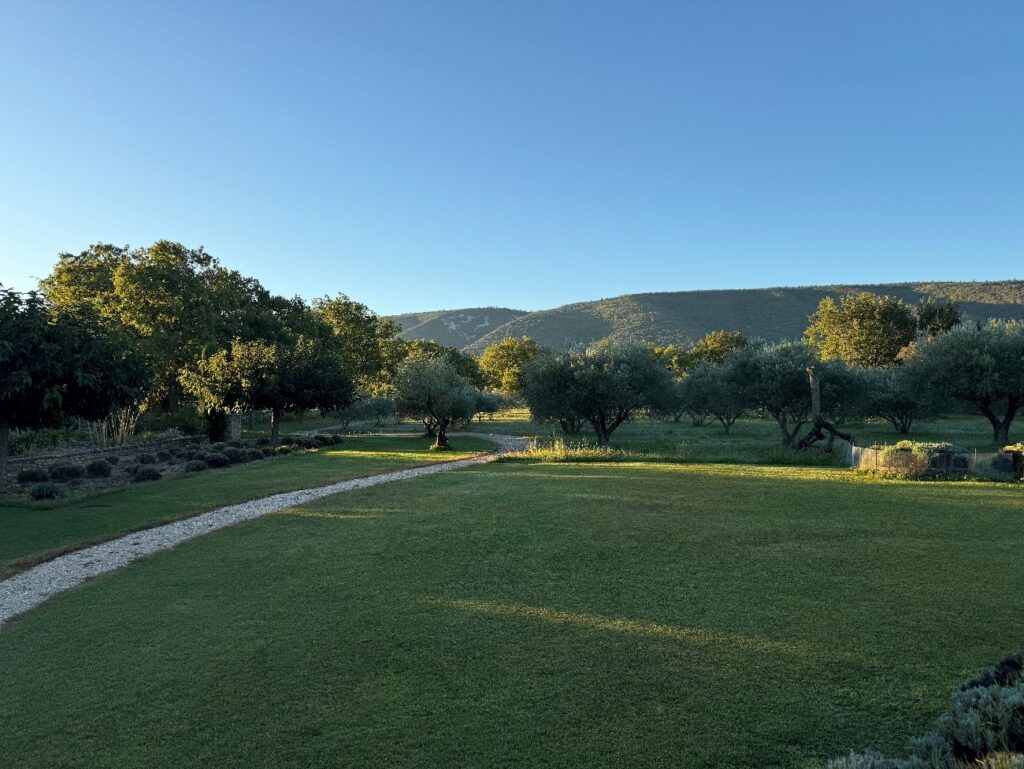
6 November 2025
A Little Ode to Light – From the Perspective of a Culture Creator
Read the original German version of this contribution Scientifically speaking, light is electromagnetic radiation within the visible spectrum. It appears both as a wave and a particle – and makes our perception of the world possible in the first place. Yet for us cultural creators, light is much more than a physical phenomenon: it is inspiration, mood-setter, and companion through life. The Light of Provence The first gentle light of morning warms my heart and soul – and my body too. For ...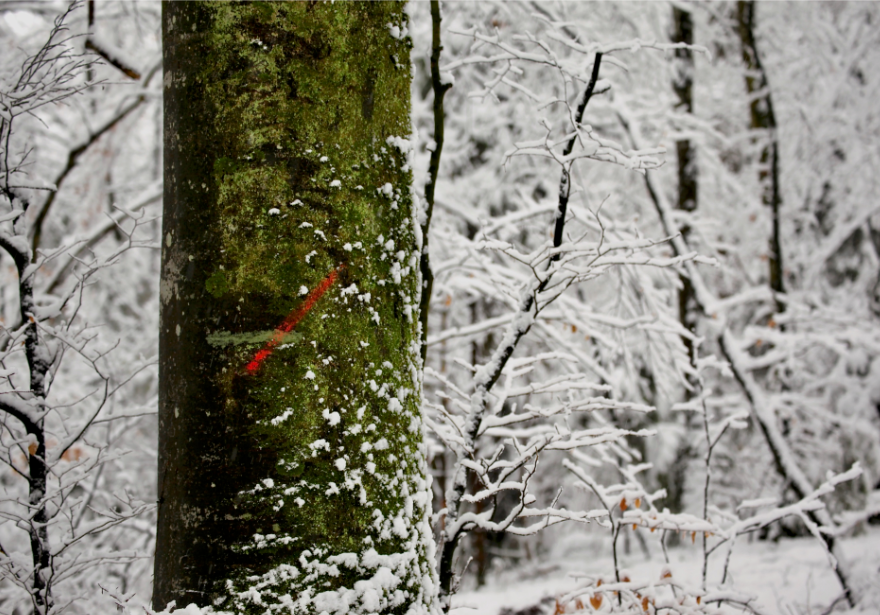
4 January 2024
Practicing Daylight: a transdisciplinary, artistic research project
Practicing daylight Practicing daylight is a hands-on series of experiential workshops dedicated to a sustained dialogue between artistic and scientific ways of seeing, analyzing and sensing. It invites to a time and place of conversation, meeting and relations, without disciplinary boundaries and beyond conventional epistemic systems. Our focus on the “and” and not on the “therefore…”, with emphasis on “contact” and not “contract”, is driven by ...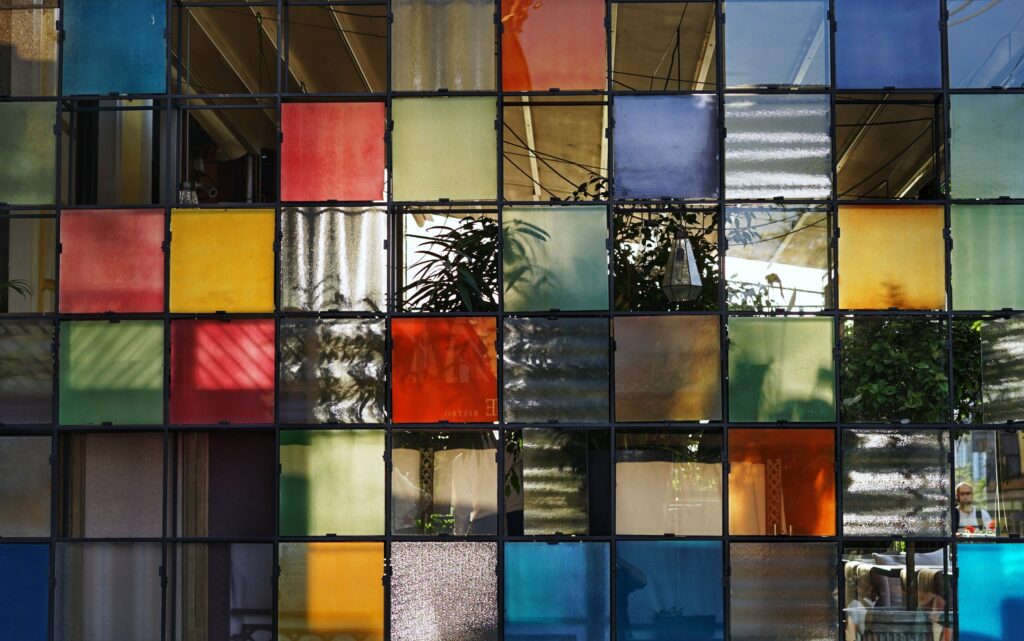
15 November 2023
Measuring and mapping the daylit world
Daylight is vital for humans, as it illuminates the world and helps us navigate, read, and appreciate visual art. Light influences us profoundly beyond vision, namely by synchronizing our circadian clock and ensuring that we run on “environment time”. Specialized light-sensing receptors in the eye capture photons and turn them into signals to tell the brain whether it is day or night.
14 November 2023